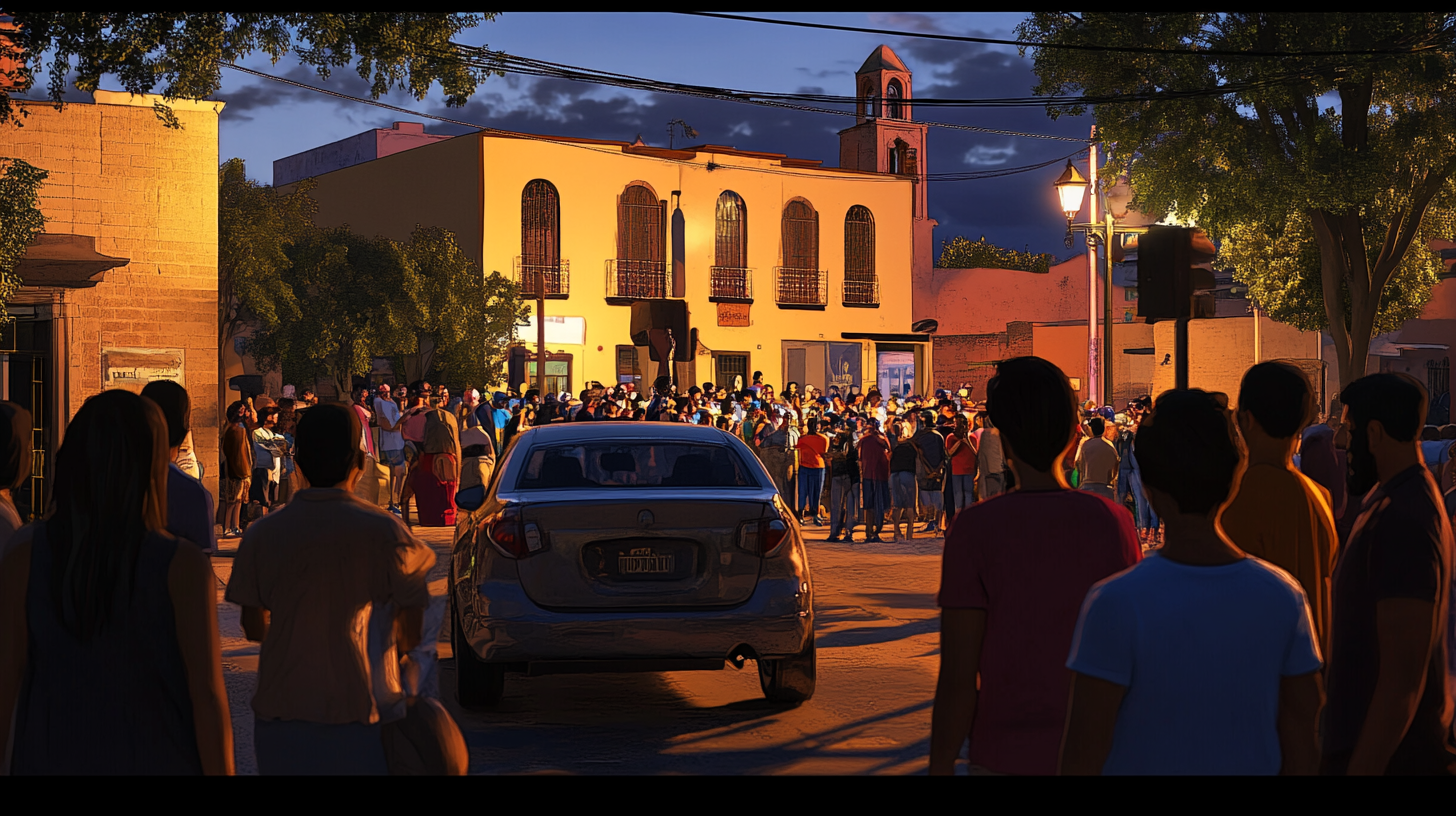Los Indios Battles Traffic Congestion from Transmigrantes
Los Indios, a vital gateway for transmigrantes transporting used vehicles across the border, is taking a proactive stance to tackle increasing traffic congestion that has been troubling residents and drivers alike. The city’s efforts aim to maintain road safety while ensuring economic activities continue without disruption.
A Stepped-Up Response to Congestion
The trafficked roads of Los Indios, particularly Military Highway, have long been hubs for the year’s end hustle as transmigrantes—a group of cross-border traders—gather to transfer used vehicles for sale in Mexico and other Latin American countries. This influx, a boon in terms of trade connectivity, often culminates in significant traffic snarls, raising safety concerns for local commuters.
Jared Hockema, Los Indios City Manager, details the city’s strategic steps to ease this annual bottleneck. “Our police department is working relentlessly to manage congestion, breaking up long lines of vehicles along Highway 509 and redirecting them to waiting areas,” Hockema explains. “This ensures compliance with the law while keeping thoroughfares unclogged for regular traffic.”
Coordinated Efforts for Better Traffic Flow
Faced with the enduring challenge, Los Indios collaborates closely with Cameron County and the Texas Department of Transportation. These partnerships are critical, not only for immediate traffic management but also for implementing long-term measures.
“We’ve been investing significant resources, around $15,000 monthly in police overtime, during this peak season,” Hockema notes. “By working with state partners, we’re placing more signs to curb unauthorized parking, which often exacerbates congestion.”
For transmigrantes, the process involves obtaining necessary permits at the Los Indios Port of Entry, all of which can lead to days-long waits for some. “We hope authorities can streamline operations to ease these extended delays. A quicker processing system would benefit everyone,” remarked one transmigrante who preferred to remain anonymous.
Implications for the Rio Grande Valley
Beyond localized efforts, the situation in Los Indios signals a broader impact across the Rio Grande Valley, illustrating an essential balance between economic opportunity and urban logistics. While road control and strategic planning have been front-row topics for local leaders, the community remains keenly concerned about the implications for trade and regional connectivity.
Jose Ramirez, a local business owner, underscores the financial interplay at stake. “Our economy thrives on this bi-national trade; a seamless flow of vehicles is crucial for small businesses relying on regional commerce,” he points out.
Echoes from the Past
Traffic congestion is not a novel dilemma in the RGV. Previous years have witnessed similar disruptions, sparking debates on infrastructure development and resource allocation. While strategies have evolved, the ongoing challenges reflect a need for continued innovation and collaboration.
Mary Galvan, a resident of nearby Harlingen, recalls past commutes that were often frustratingly impacted. “We’ve been hearing promises of relief year after year. It sounds reassuring, but execution is key when the congestion hits its peak,” she remarks.
The Road Ahead: Future Considerations
As Los Indios advances in its handling of congestion, the ripple effects extend to future infrastructure projects, policy frameworks, and regional growth prospects. Streamlined traffic management is one piece in the larger puzzle of sustainable urban planning, a subject of considerable interest for community advocates.
Dr. Laura Suniga, an urban planning specialist at the University of Texas Rio Grande Valley, underscores the importance of resilience in design. “Sustainable traffic solutions must adapt to shifting patterns while accommodating economic imperatives. Lessons from Los Indios’ experience can inform a broader RGV strategy,” she elaborated.
Connecting Residents and Resources
To foster engagement, Los Indios City administrators are keen on leveraging community feedback through public forums and interactive platforms. These discussions offer residents a chance to voice their experiences and opinions, ensuring traffic resolutions are both inclusive and effective.
For those navigating the area’s traffic, staying informed is crucial. The city provides updates via local news outlets, while KRGV encourages residents to share traffic tips and watch the latest developments through their news broadcasts.
As Los Indios aims to unclog its roadways, it serves as a microcosm of broader efforts within the Rio Grande Valley—where traffic control, economic vitality, and community interest intersect. The journey toward balance continues, promising a more connected and thriving future for all Valley residents.







